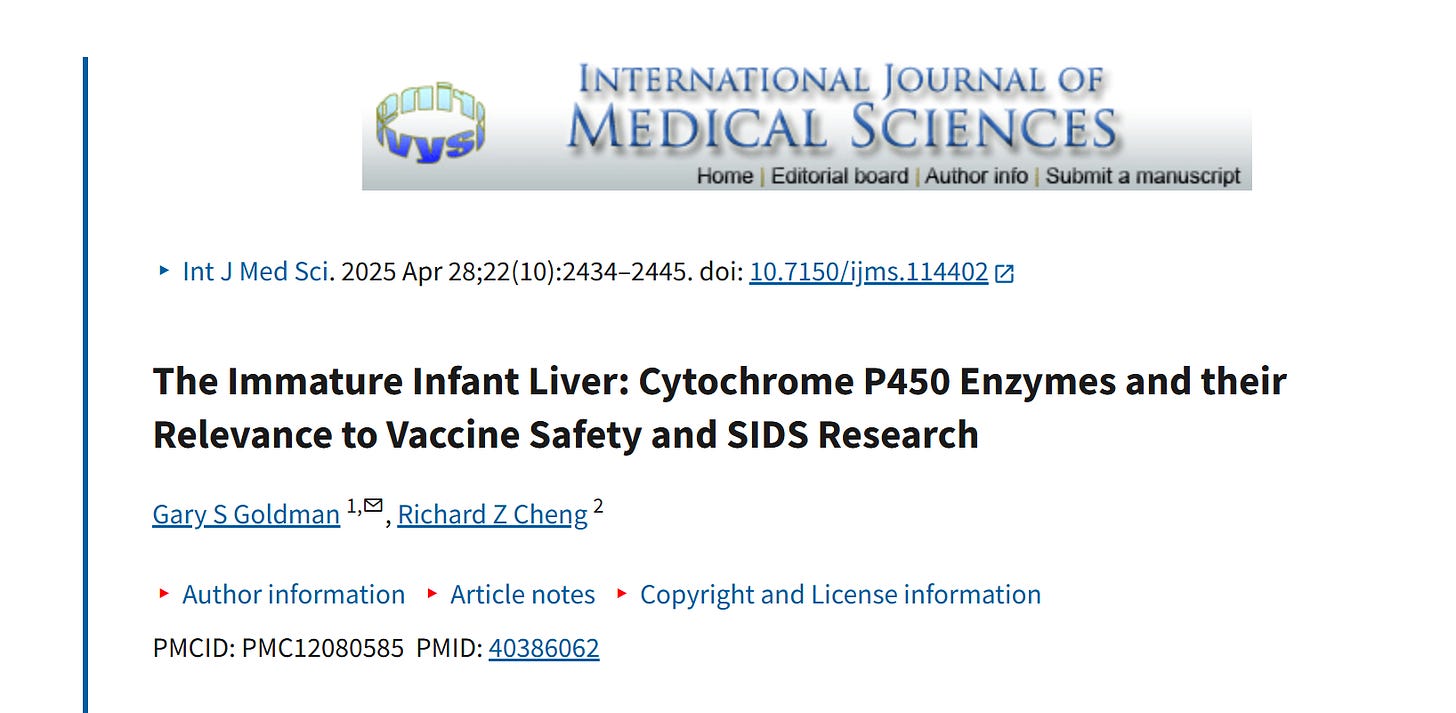We Were Right All Along: Vaccines Tied to SIDS
We’ve been called crazy, conspiracy theorists, and worse. We warned that vaccines might be linked to sudden infant death syndrome (SIDS) but were told to shut up and trust the experts. Now, a new study in the International Journal of Medical Sciences shows exactly why we should have been asking tough questions all along.
Key Findings:
Researchers looked at newborns’ livers and how they process substances—using powerful metabolomic tools. They found that babies’ livers don’t fully develop critical enzymes (CYP450) until they’re two or three years old. Yet vaccines often contain additives like polysorbate 80 and gelatin—compounds that can interact with these enzymes in unpredictable ways.
Worse still, some infants have genetic variations in these enzymes, meaning they might process these vaccine ingredients differently—and potentially dangerously.
The study even found that these cases of SIDS happened right after vaccination. Of course, the authors hedge their bets and say timing doesn’t prove causation. But how many times do we have to see the same damn pattern before someone takes it seriously?
Where Are the Real Safety Studies?
It’s infuriating that proper, thorough safety studies—especially on carcinogenicity (whether these shots can cause cancer) and mutagenicity (whether they can mess with our genes)—were never fully done before telling everyone to line up their kids and get injected.
Bottom Line:
Sudden infant death has been listed as a side effect on some vaccine inserts for years, and yet we’ve been gaslit at every turn—told it’s impossible, that we’re crazy—while I’m willing to bet the science has always shown this connection, and that’s exactly why they refuse to let real studies be done, because they know the truth would expose everything.
We’ve been gaslighted and ignored, but the data is starting to catch up. When will regulators finally admit that vaccines may cause serious harm—including sudden death in infants—and actually do the studies that matter most?





